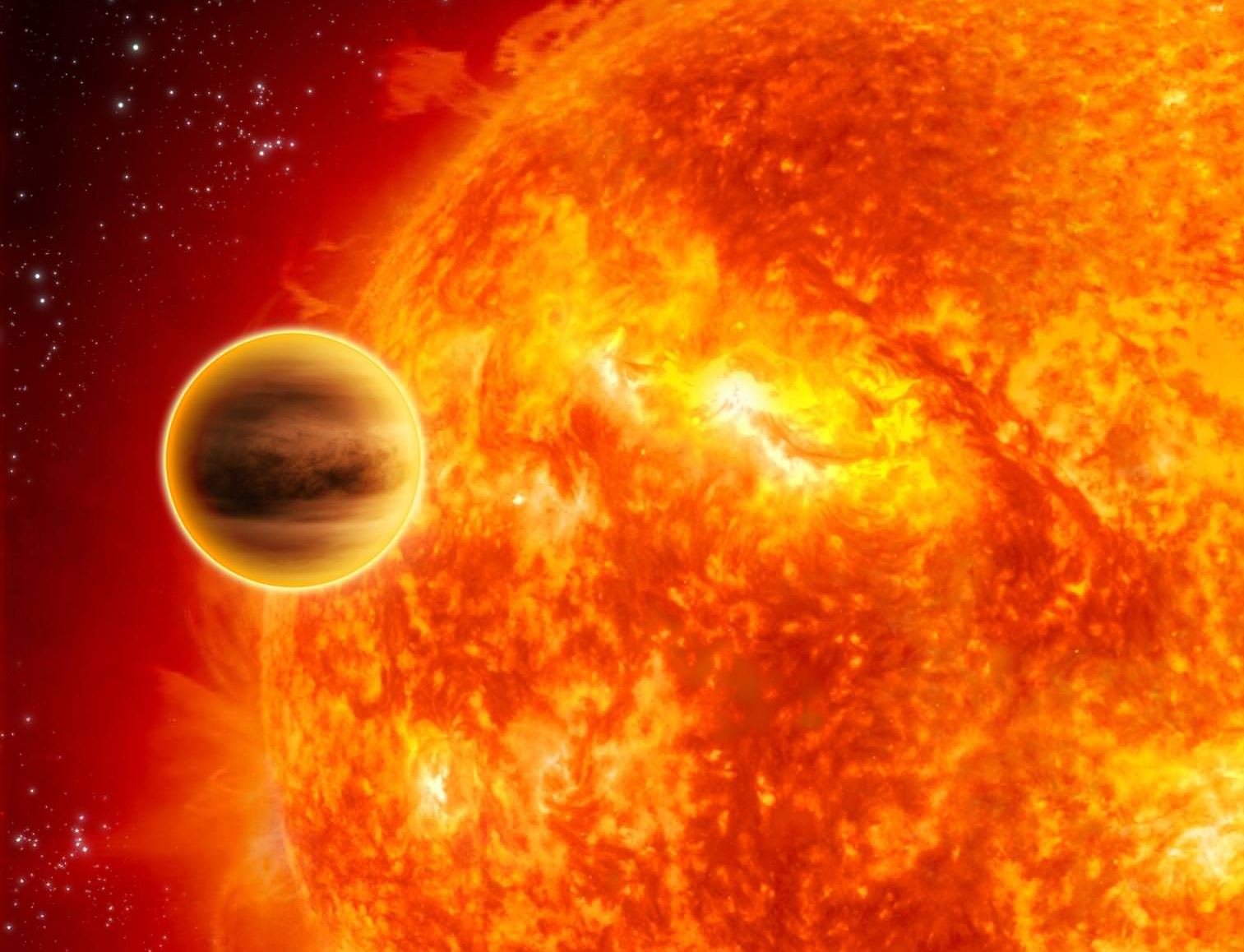With exoplanet discoveries coming at us several times a month, finding these worlds is a hot field of research. Once the planets are found and confirmed, however, there’s a lot more that has to be done to understand them. What are they made of? How habitable are they? What are their atmospheres like? These are questions we are only beginning to understand.
One long-standing exoplanet researcher argues that we don’t know very much about about alien planet atmospheres, as an example. Princeton University’s Adam Burrows says that not only is our understanding at an infancy, but the media and scientists overhype information based on very little data.
“Exoplanet research is in a period of productive fermentation that implies we’re doing something new that will indeed mature,” Burrows stated in a story posted on Princeton Journal Watch. “Our observations just aren’t yet of a quality that is good enough to draw the conclusions we want to draw.”

Burrow’s skepticism comes from how information on exoplanet atmospheres is collected. That uses a method called low-resolution photometry, which shows changes in light and radiation emitted from an object such as a planet. This could be affected by things such as a planet’s rotation and cloud cover.
Burrows’ solution is to use spectrometry, which can glean physical information through looking at light spectra, but that would be a challenge given the existing exoplanet-seeking infrastructure in space and on Earth uses telescopes that generally rely on other methods.
What do you think of his conclusions? Leave your thoughts in the comments. For more information, read the full article in Princeton Journal Watch, the study in Proceedings of the National Academy or the preprint version on Arxiv.

